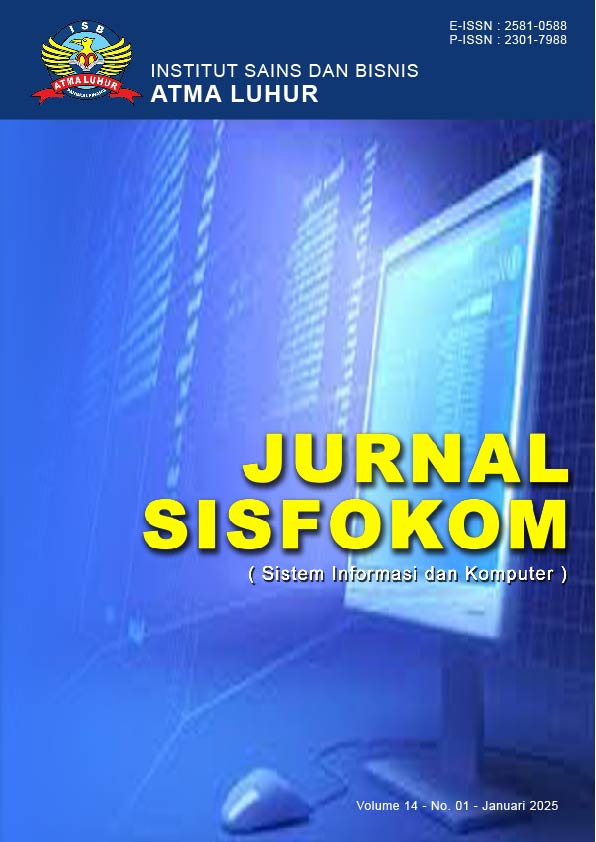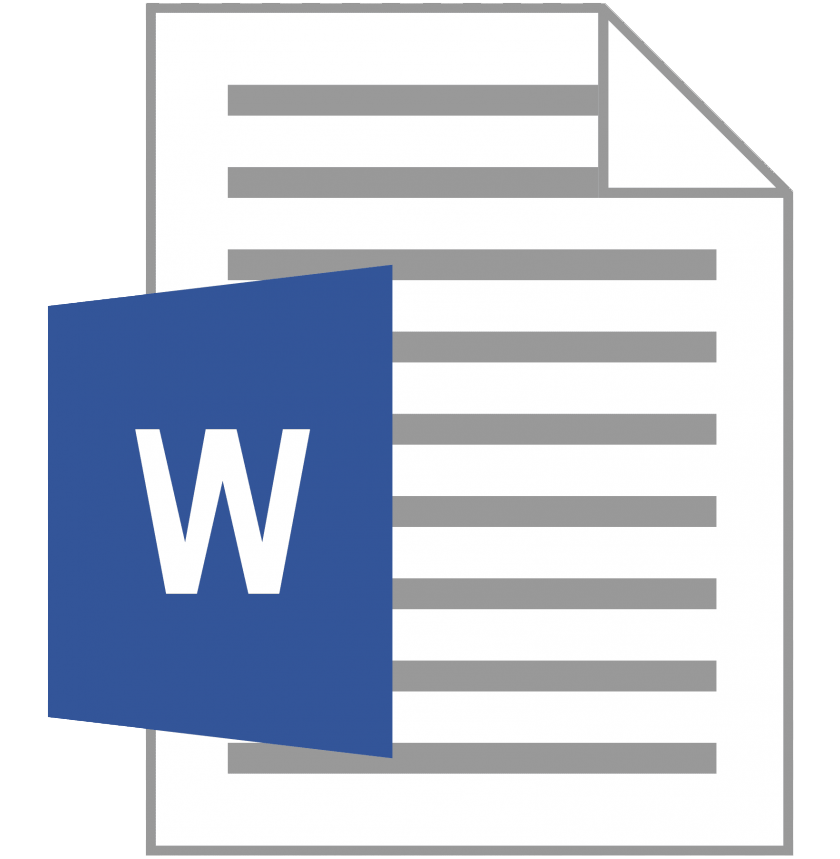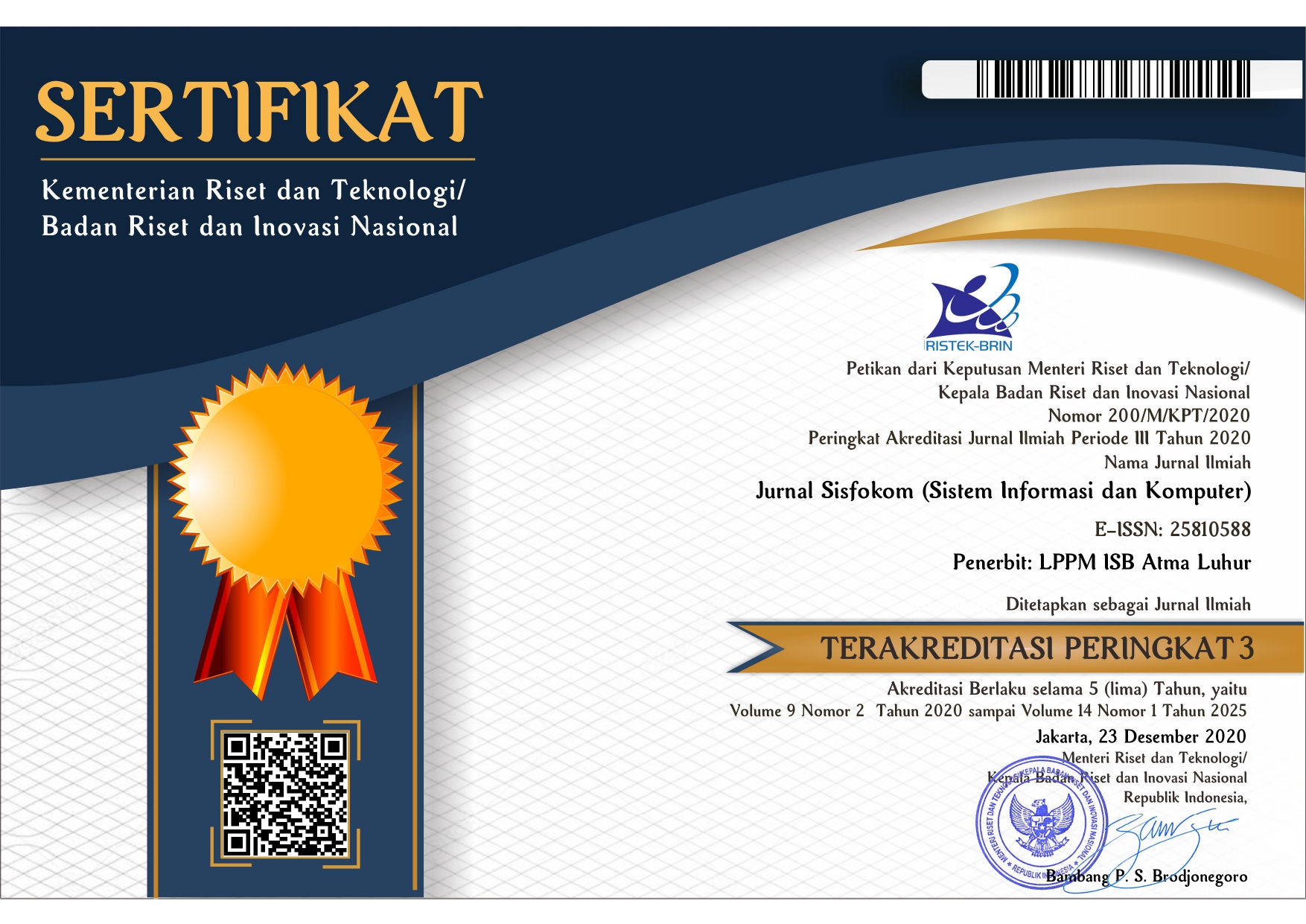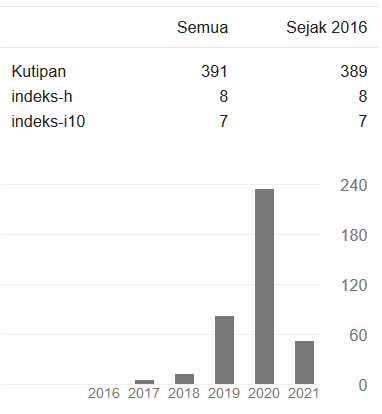KMS Protoype using Stohmaier Framework at Association of Indonesian Kindergarten Teachers in South Bangka Regency
DOI:
https://doi.org/10.32736/sisfokom.v14i1.2372Keywords:
Knowledge Management System, Framework Strohmaeir, Knowledge Sharing, IGTKIAbstract
IGTKI is a kindergarten teacher association organization that aims to realize the quality of early childhood education with a spirit of professional love and character to be able to face the era of globalization. However, this goal is not fully implemented because of the distance of each school is far, the results of the training are not socialized, the lack of knowledge to handle students with special needs so that the lack of knowledge sharing among PAUD teachers. To increase the knowledge sharing needed a Knowledge Management System application that can be a solution of knowledge sharing that is not hindered by the limitations of time and place. This study uses the Strohmaier Framework for modeling knowledge management systems. Techniques of Analysis and system design are carried out using the object oriented approach method Unifed Manipulation Language (UML). The suitability of the system to the business process was tested using the Forum Group Discussion (FGD) method which was validated using the Fit criteria from Strohmaier's theory which produced a value of 76%, this value shows that the Knowledge Infrastructure designed is in accordance with the business process. Meanwhile, user acceptance of the system was tested using User Acceptance Testing (UAT) in the form of a questionnaire which was calculated based on the Linkert scale, producing a value of 84%. From this value it can be concluded that the level of user acceptance at IGTKI is good for the KMS created.References
Y. N. Sujiono, “Konsep Dasar Pendidikan Anak Usia Dini,” 1st ed., Jakarta: Indeks, 2009.
A. Tiwana, The Knowledge Management Toolkit: Orchestrating IT, Strategy, and Knowledge Platforms (2nd Edition). 2002.
Sangkala, Knowledge Management. Jakarta: PT. RajaGrafindo Persada, 2007.
M. Strohmaier and K. Tochtermann, “B-KIDE: A framework and a tool for business process-oriented knowledge infrastructure development,” Knowl. Process Manag., vol. 12, no. 3, pp. 171–189, 2005.
P. L. Tobing, Knowledge Management Society Indonesia. Bandung, 2011.
W. Febriantoro and K. Surendro, “Business Process Oriented Knowledge Management System Design (Case Study Development Center of Metrological Human Resources, Ministry of Trade Republic of Indonesia),” Asian J. Technol. Manag., vol. 8, no. 2, pp. 83–95, 2015.
M. Abdellatif and A. Kherbounche, “A Functional Approach Of Knowledge Management System Applied To Institutions Of Higher Education,” IEEE, vol. 2, 2014.
U. Maman, Y. Sugiarti, and S. Ratnawati, “Learning system design using knowledge management systems to improve the competency of early childhood education teachers,” Int. Conf. Cyber IT Serv. Manag., vol. 4, 2016.
A. F. Blanco, M. L. S. Enhaluce, and F. J. G. Penalvo, “Knowledge Spirals in Higher Education Teaching Innovation,” vol. 10, no. December, pp. 16–37, 2014.
A.S, R. and Shalahuddin, M. (2015) ‘Rekayasa Perangkat Lunak Terstruktur dan Berorientasi Objek. Bandung?: Informatika’, Jurnal Pilar Nusa Mandiri.
Agani , Samidi, H. (2014) ‘Prototipe Knowledge Management System (KMS) Praktikum Perbankan Syariah Berbasis Web dan Android Dengan Kerangka Kerja “Tiwana” Pada Perguruan Tinggi: Strudi Kasus STEI SEBI’, Jurnal Telematika MKOM, 6, p. 2.
Budiaji, W. (2013) ‘Skala Pengukuran dan Jumlah Respon Skala Likert (The Measurement Scale and The Number of Responses in Likert Scale)’, Ilmu Pertanian dan Perikanan, 2(2), pp. 127–133.
Driyani, Dewi dan Mustari, D. (2015) ‘Model Pembelajaran Untuk Taman Kanak-kanank Berbasis Web’, ORBITH, 11(3), pp. 161–166.
G. Probst, Raub, Steffen, Romhardt, K. (2004) ‘Managing Knowledge?: Building For Success’.
Malhotra, Y. (2004) ‘Measuring Knowledge Assets of a Nation?: Knowledge Systems for Development Measuring Knowledge Assets of a Nation?’:, Knowledge Creation Diffusion Utilization.
Paramita, A. and Kristiana, L. (2013) ‘Teknik Focus Group Discussion dalam Penelitian Kualitatif’, Buletin Penelitian Sistem Kesehatan, 16(2 Apr), pp. 117–127. doi: 10.22435/bpsk.v16i2.
Probst, G., Raub, S. and Romhardt, K. (2001) ‘Managing knowledge-Building blocks for success’, Organization Studies Berlin European Group for Organisational Studies.
Razmerita, Liana, Kathrin K., F. S. (2009) ‘Personal knowledge management: The role of Web 2.0 tools for managing knowledge at individual and organisational levels’, Online information review, 33(6), pp. 1021–1039.
Saraswati, A., Hermadi, I. and Wijaya, S. H. (2019) ‘Developmet Knowledge Management System Of Teacher’s Competency’, Jurnal Pendidikan teknologi dan Kejuruan, 25(1), pp. 124–131.
Suharto, A. A. (2012) ‘Pengaruh Kualitas Sumber Daya Manusia, KOmitmen Dan MOtivasi Terhadap Kinerja Pegawai Pada inspektorat kabupaten kediri’, Ilmu Manajemen, 3, pp. 67–79.
Technologies, I., Sein-echaluce, L. and Mathematics, A. (2014) ‘Knowledge Spirals in Higher Education Teaching Innovation’, 10(December), pp. 16–37. doi: 10.4018/ijkm.2014100102.
Widayana (2005) Knowledge Management?: Meningkatkan Daya Saing Bisnis. Jakarta: BayuMedia Publishing.
Downloads
Published
Issue
Section
License

This work is licensed under a Creative Commons Attribution 4.0 International License.
The copyright of the article that accepted for publication shall be assigned to Jurnal Sisfokom (Sistem Informasi dan Komputer) and LPPM ISB Atma Luhur as the publisher of the journal. Copyright includes the right to reproduce and deliver the article in all form and media, including reprints, photographs, microfilms, and any other similar reproductions, as well as translations.
Jurnal Sisfokom (Sistem Informasi dan Komputer), LPPM ISB Atma Luhur, and the Editors make every effort to ensure that no wrong or misleading data, opinions or statements be published in the journal. In any way, the contents of the articles and advertisements published in Jurnal Sisfokom (Sistem Informasi dan Komputer) are the sole and exclusive responsibility of their respective authors.
Jurnal Sisfokom (Sistem Informasi dan Komputer) has full publishing rights to the published articles. Authors are allowed to distribute articles that have been published by sharing the link or DOI of the article. Authors are allowed to use their articles for legal purposes deemed necessary without the written permission of the journal with the initial publication notification from the Jurnal Sisfokom (Sistem Informasi dan Komputer).
The Copyright Transfer Form can be downloaded [Copyright Transfer Form Jurnal Sisfokom (Sistem Informasi dan Komputer).
This agreement is to be signed by at least one of the authors who have obtained the assent of the co-author(s). After submission of this agreement signed by the corresponding author, changes of authorship or in the order of the authors listed will not be accepted. The copyright form should be signed originally, and send it to the Editorial in the form of scanned document to sisfokom@atmaluhur.ac.id.







